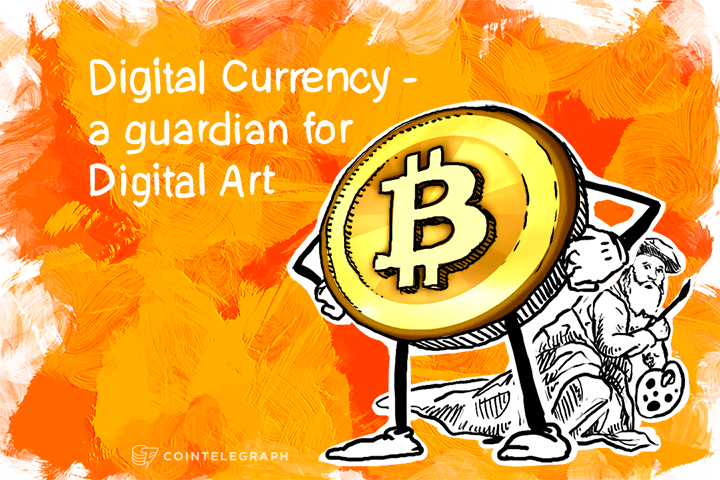The digital art market can be perplexing to buyers. The absence of a physical product may seem unappealing to the consumer and presents a challenge to offer differences in quality. For instance, clear or marble vinyl limited-edition vinyl pressings can go for as much $2,000, albeit by money-hungry merchants. Even as artists try to spruce up selling digital GIFs and videos, some of which remain online for free, the challenge remains on how to put a price on digital art that can easily be duplicated.
The answer may potentially be found in digital currency. On May 3, Rhizome presented the Seven on Seven Conference in New York’s New Museum, which paired seven artists with seven technologists for one day.
The goal? Create something, anything, new in one day. Multi-media artist Kevin McCoy teamed up with New York entrepreneur Anil Dash to liken how a cryptographic block chain similar to the one used to track bitcoin transactions could also be utilized to show how a specific digital artwork is “authentic” and not a counterfeit.
The two men created Monegraph, which uses the Namecoin cryptocurrency to record the owner of any digital artwork. According to their website “Monegraph images are just ordinary image files, so they can be duplicated and distributed like any other images, but only the original file will pass validation against the monegraph system.” Thus, this original “signature” will never be duplicated.
The team showcased the Monegraph by selling a GIF created by McCoy to Anil for $4, who became the registered owner of the image in the public Namecoin blockchain. Registering a work through Monegraph requires the artist to record a URL pointing to the piece, the artwork’s cryptographic hash, a brief description, and another URL pointing toward a more detailed description of the piece.
McCoy says that this initial version, obviously still in its infancy, is directed towards images, but that there’s no reason the technology can’t be used to authenticate and track ownership of any media file, including movies and books.
It may be too early to tell what impact this technology will have in the digital art world, much less any other art medium. But to some observers, the irony of using a technology designed to enable anonymity in order to authenticate public ownership is fascinating enough in itself.
Digital Currency for Digital Art: Can Monegraph Shake Up the Market?
As digital artists try to spruce up selling GIFs and videos, some of which remain online for free, the challenge remains on how to put a price on digital art that can easily be duplicated.
493
